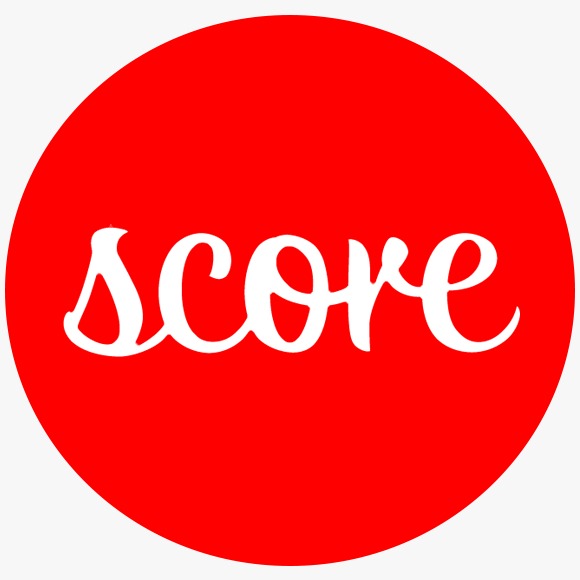

30th July 2025 (13 Topics)
Context
India has been ranked among the world's most equal societies by the Gini Index with a score of 25.5, which contradicts prevailing socio-economic inequalities on the ground.
About the Gini Index:
- The Gini Index or Gini Coefficient is a statistical measure used to gauge income or wealth distribution within a population.
- A Gini score of 0 represents perfect equality, while a score of 100 denotes perfect inequality.
- India has been scored 5 in the recent ranking, suggesting moderately low inequality, placing it among the world's most equal nations.
Critique of the Gini Methodology:
- The Gini Index often relies on formal economic data, which excludes the informal sector, a major component of the Indian economy.
- Disparities in wealth, gender, education, and technology access are often underrepresented.
- In India, a significant portion of the population is outside the formal tax and data systems, skewing inequality assessments.
Forms of Inequality in India (Despite Gini Score):
- Wealth Inequality:
- The top 1% of the population commands over 6% of national income (2022–23), while a large section earns subsistence-level income.
- Gender Inequality:
- Female participation in the workforce stands at 9%.
- Only 7% of leadership roles and 7.5% of start-ups are held/led by women.
- Digital Inequality:
- Only 7% schools have functional computers; internet availability exists in just 53.9% of schools.
- Only 8% of households have access to broadband.
- A stark gender digital divide persists—only 25% of rural women have internet access versus 49% of men.
- Educational Inequality:
- Students lacking digital access are excluded from virtual education during school shutdowns due to pollution or other emergencies.
- This limits future job prospects and perpetuates intergenerational poverty.
New and Emerging Inequalities:
- Banking Inequality: Limited digital literacy and poor internet access restrict marginalized groups from participating in formal financial systems.
- Intersectional Inequality: Inequalities are often interlinked, e.g., a poor, rural, female student without internet access faces a triple burden—economic, gender, and digital discrimination.
More Articles


